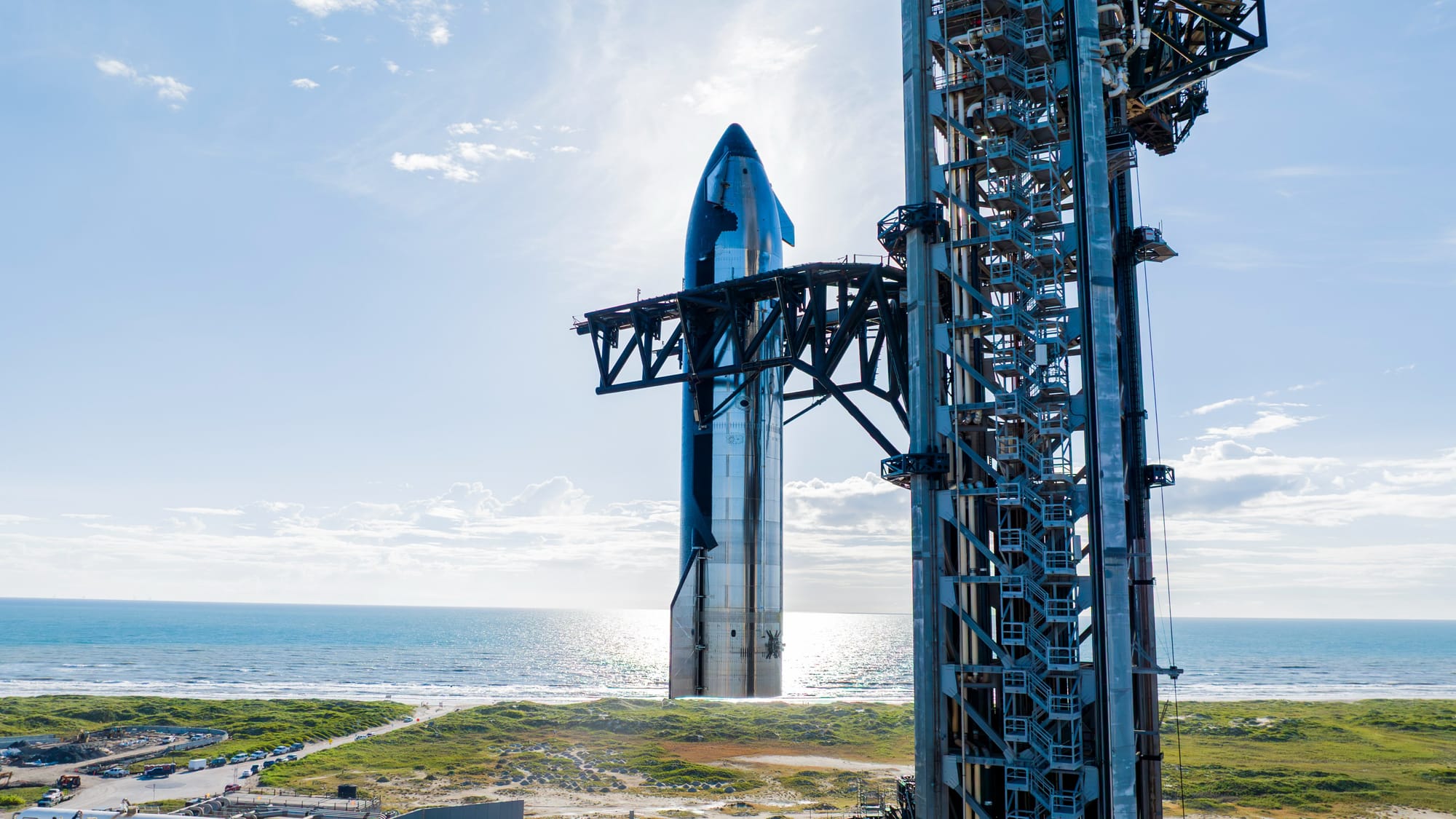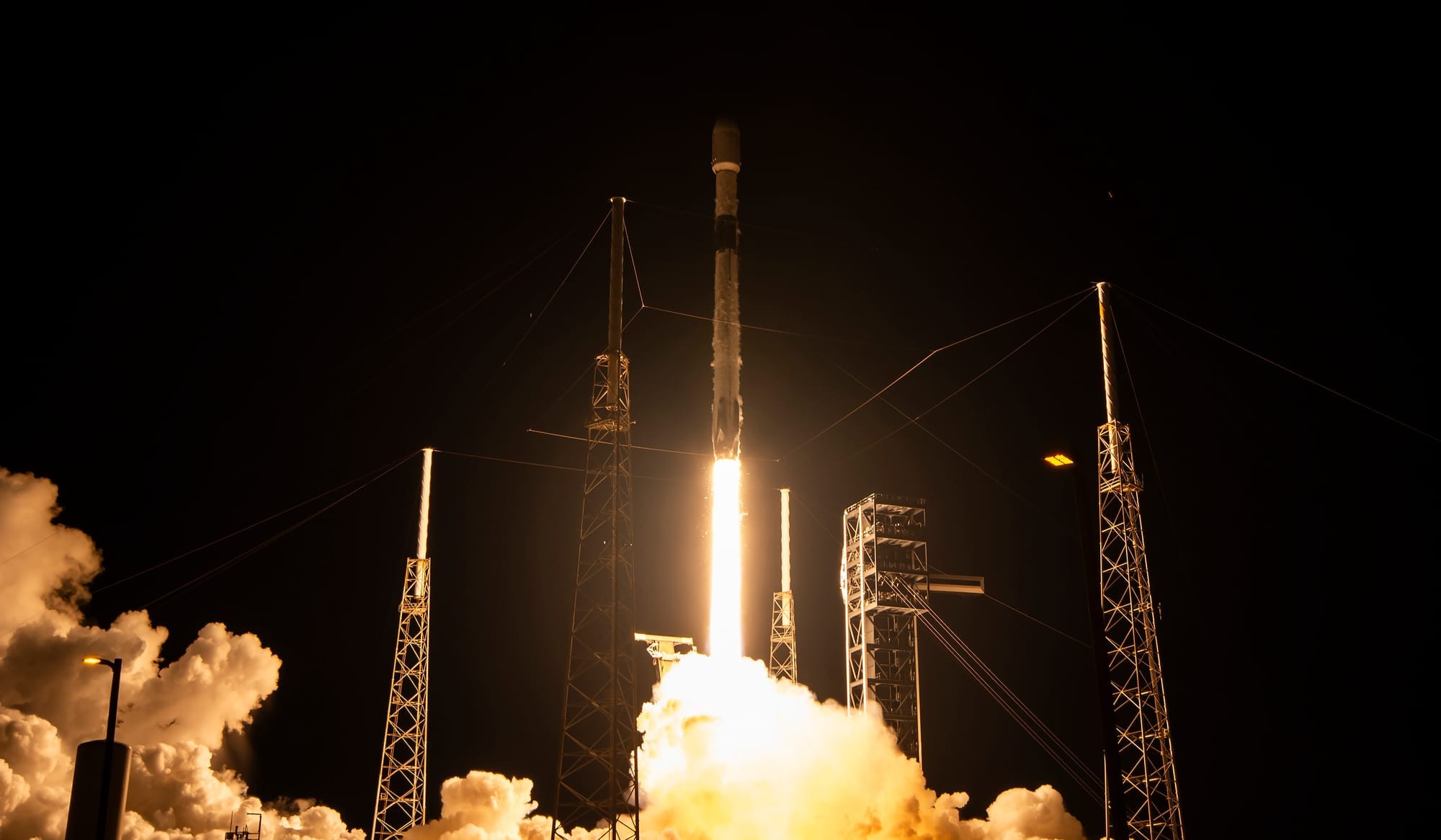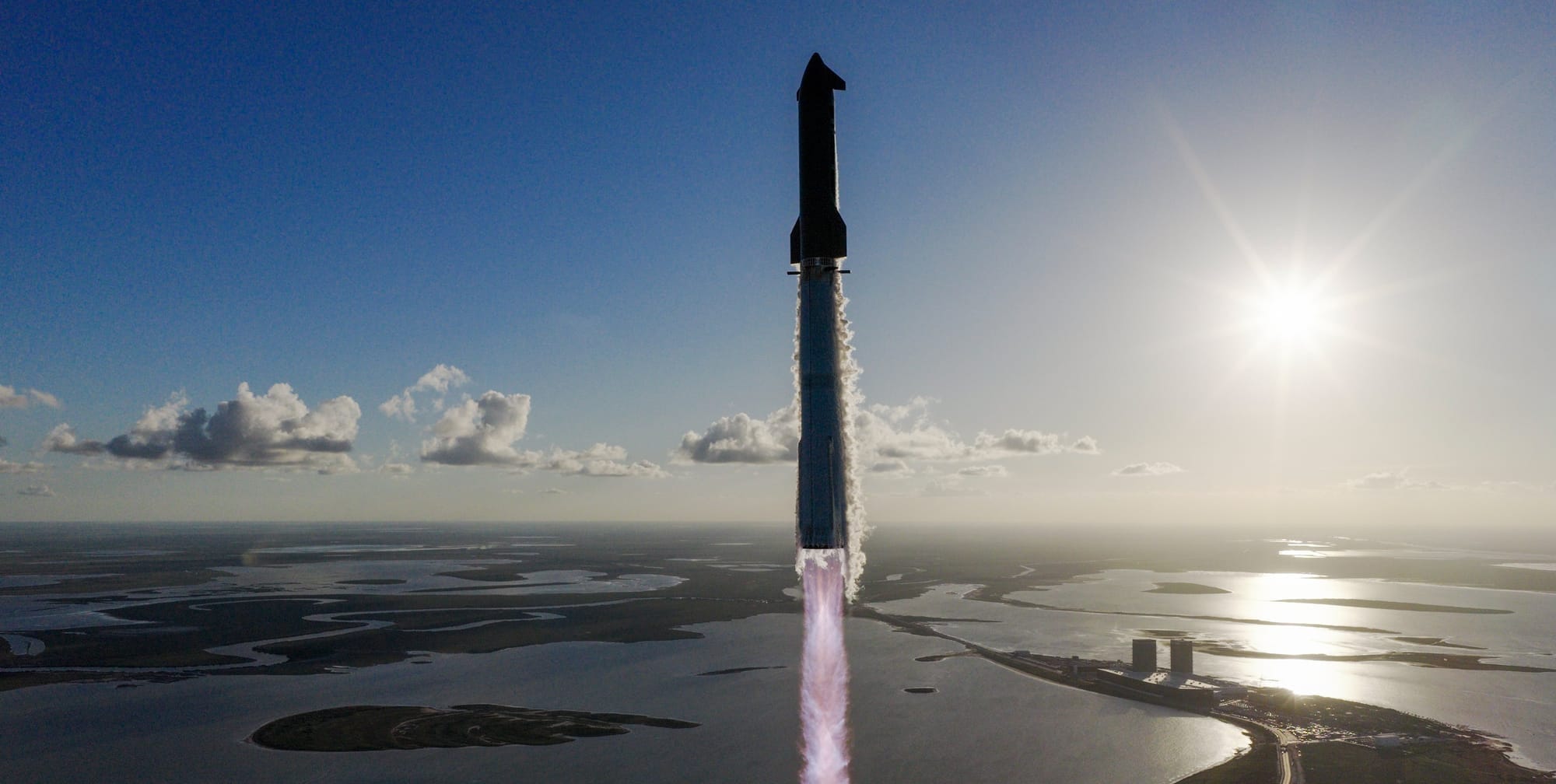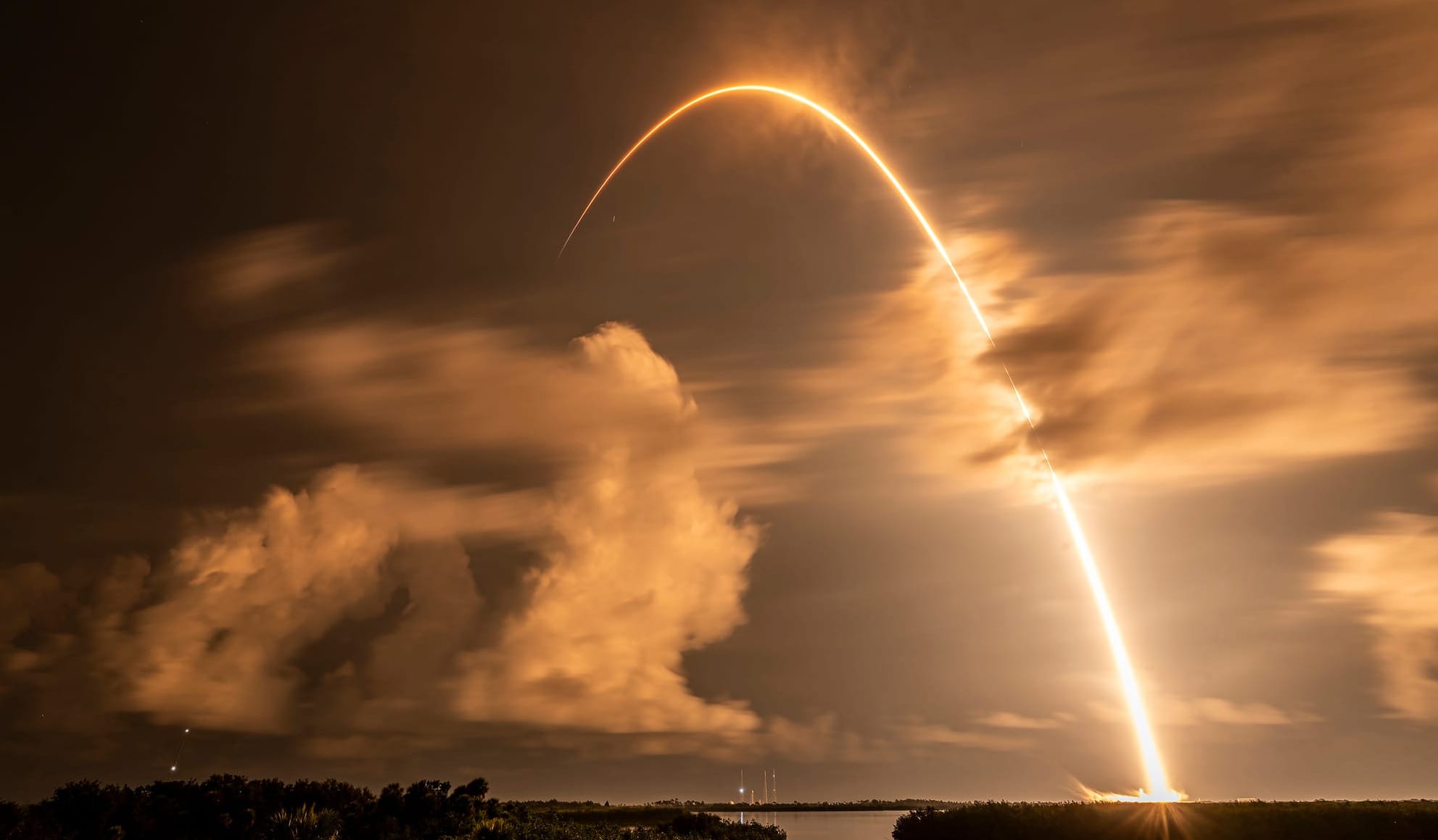Table of Contents
SpaceX's in-development fully reusable launch vehicle is set to fly one more time in its current iteration.
SpaceX announced on September 29th that Starship-Super Heavy's next flight test, flight eleven, will take place no earlier than October 13th. This flight test will be the fifth and final flight of the 'Block 2' Starship upper-stage, hopefully for its second success. With this being the final mission for the current iteration of the launch vehicle, SpaceX outlined areas for testing via its website:
"The upcoming flight will build on the successful demonstrations from Starship’s tenth flight test with flight experiments gathering data for the next generation Super Heavy booster, stress-testing Starship’s heatshield, and demonstrating maneuvers that will mimic the upper stage’s final approach for a future return to launch site."
Flying the upcoming test in two weeks will be Ship 38, for its first mission, and Super Heavy Booster 15, for its second flight.
As Booster 15 is flying for the second time, SpaceX has swapped out many of its engines, with twenty-four of its thirty-three Raptor engines being flight-proven. The mix of flight-proven and new Raptors will be used to demonstrate a new landing burn profile, with thirteen engines lighting for landing, before dropping down to five, before keeping three running for the final moments of controlled descent. Booster 15 will not be recovered after the flight, as it will land in the Gulf of Mexico.
For the final mission of 'Block 2' Starship, SpaceX is aiming to demonstrate deployment of dummy Starlink satellites and an in-space Raptor relight again, as well as a new reentry profile, with Ship 38. The new reentry profile is planned to demonstrate a dynamic banking maneuver for understanding what a return-to-launch-site reentry may be like. Various thermal protection system tiles will be removed from the upper-stage to stress test vulnerable areas on the vehicle.
Like the previous ten flight tests, this mission will fly from Starbase, Texas, using SpaceX's only operational launch pad at its Starship test site.
In the lead-up to this flight test, both Booster 15 and Ship 38 have conducted pre-flight static fires. On September 7th, Booster 15 fired its thirty-three Raptor engines, and Ship 38 lit its six engines on September 23rd.
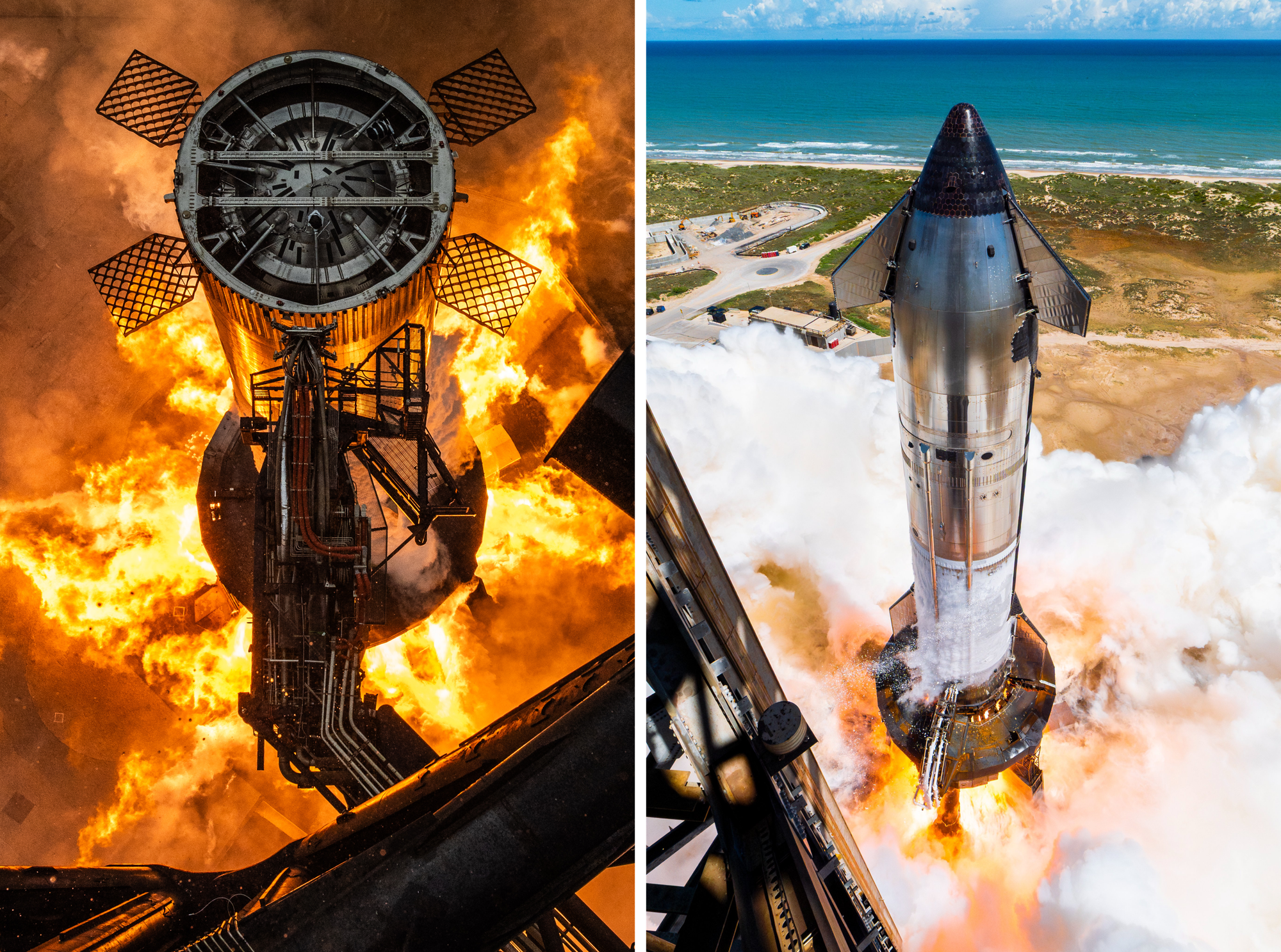
'Block 2's sole success so far
During Starship-Super Heavy's tenth flight test, back on August 27th, Super Heavy Booster 16 and Ship 37 performed the first successful mission with a 'Block 2' upper-stage. Booster 16 lofted Ship 37 through most of the atmosphere, before splashing down in the Gulf of Mexico, where the upper-stage went on to successfully and stably reaching engine cutoff. While coasting through space, Ship 37 also released a series of dummy Starlink satellites onto its sub-orbital trajectory.
Later on in the flight test, Ship 37 underwent atmospheric reentry, with a bumpy start as an unknown explosion took place in the engine bay. Despite that, the vehicle passed through the brunt of reentry heating, allowing for a slow bellyflop descent, being saved by its 'flip-and-burn' to splashdown in the Indian Ocean.
Starship’s tenth flight test took a significant step forward in developing the world’s first fully reusable launch vehicle.
— SpaceX (@SpaceX) September 29, 2025
Next up: Flight 11 of Starship is targeted to launch as early as Monday, October 13 → https://t.co/YmvmGZUsXW pic.twitter.com/bspqrP9aRj
A recap of Starship-Super Heavy's tenth flight test, via SpaceX on Twitter.
Before the successful flight test, the Starship program regressed significantly in terms of progress through the first half of the year. In June, Ship 36 unexpectedly exploded during a routine test, wiping out a critical pre-flight test stand with it. Meanwhile, during flight tests of the vehicle, Ship 33 was lost due to a fire in its engine section in January. Next in March, Ship 34 was again lost in a fire. Then in May, Ship 35 was destroyed during atmospheric reentry following leakages across the vehicle.
This year was previously planned to be a key year for the Starship program, as a Ship-to-Ship propellant transfer was expected by NASA, now moved months into 2026. Propellant transfer between two vehicles is critical for getting the Starship lunar lander out to the Moon, and returning American astronauts to the surface through the Artemis program.
What is Starship-Super Heavy?
Starship-Super Heavy is SpaceX's in-development fully reusable super heavy-lift launch vehicle and the largest rocket currently flying. SpaceX is currently aiming to have the launch vehicle deliver one-hundred and fifty tons to low Earth orbit while reused or two-hundred and fifty tons when expended, although there are rumors from SpaceX of an expendable payload capacity of three-hundred tons.
On the launch pad, Starship-Super Heavy is one-hundred and twenty-four meters tall and weighs 5,000,000 kilograms fully fuelled. The diameter of both vehicles is nine meters, excluding aerodynamic control surfaces.
What is Starship?
Starship is the second-stage of the Starship-Super Heavy launch vehicle and is planned to be capable of multiple missions into orbit, after a short refurbishment. The vehicle is fifty meters tall and nine meters in diameter, excluding its four aerodynamic control surfaces. Fully fuelled with liquid methane and liquid oyxgen Starship is believed to weigh 1,300,000 kilograms with an approximate weight of 100,000 kilograms unfuelled.
The Starship second-stage is powered by three sea-level Raptor engines along with three vacuum-optimized Raptor engines. These sea-level engines are believed to generate 230 tons of thrust each with the vacuum-optimized engines generating 258 tons of thrust each for a total combined 1,500 tons of thrust for Starship. The vacuum-optimized Raptors are unable to gimbal requiring the sea-level Raptors for control of the second-stage on ascent and landing.
In order to survive re-entry for reuse, Starship has several thousand thermal protection tiles on one side of the vehicle and on all four of its aerodynamic control surfaces. The four control surfaces help guide the vehicle during re-entry and prior to landing inside the atmosphere at a pre-determined location. Starship also has a series of small thrusters to control the vehicle in space before re-entry.
SpaceX is believed to be working on a few variants of Starship for use as a Moon lander, propellant tanker, space station, Mars lander, and as a crewed spacecraft.
What is Super Heavy?
Super Heavy, also called 'the Super Heavy booster', is the first-stage of SpaceX's Starship-Super Heavy launch vehicle. The giant Super Heavy first-stage is planned to be capable of multiple flights per day with minimal refurbishments and inspections. The vehicle is seventy-one meters tall and nine meters in diameter, excluding its four grid fins and chines. Fully fuelled with liquid methane and liquid oyxgen Super Heavy is believed to weigh 3,600,000 kilograms with an approximate mass of 200,000 kilograms unfuelled.
The Super Heavy first-stage is powered by thirty-three sea-level Raptor engines generating a combined thrust of 7,590 tons, with each engine generating 230 tons of thrust. The outer twenty Raptor engines are unable to gimbal with the inner thirteen being able to for control of the first-stage.
To enable the reuse of Super Heavy, the vehicle has four large grid fins placed in the interstage to assist in guiding and controlling during descent. Super Heavy also has four chines running along the lower third of it to generate lift and assist in stabilization.
Shortly after completing the ascent, Super Heavy relights ten engines, as three were running during staging, and performs a 'boost back' burn in order to return to the launch site. After the 'boost back' burn is completed the engines shut down with Super Heavy being guided by a series of small thrusters and its grid fins. Once Super Heavy is at the correct altitude above its landing location three engines start back up for the landing burn. SpaceX currently plans to have Super Heavy land back at the launch site, or at sea if a problem is detected during descent
Super Heavy also features a hot-staging ring atop of it to allow for a faster and simpler staging process, according to SpaceX. The hot-staging ring has dozens of gaps on the sides to allow for the Raptor engine exhaust of Starship to escape.

